Which Raw Material Hazard Classification to use when given different options
Which Raw Material Hazard Classification to use when given different options When a Raw Material has different classifications from different sources, it can be tricky to decide which is the one to choose. There is rarely a standard ‘right’ answer, but here are some data sources to consider. Harmonised entry in Annex VI of CLP – https://echa.europa.eu/information-on-chemicals/annex-vi-to-clp This the minimum classification required in the EU; GB started in alignment, but may di...





















